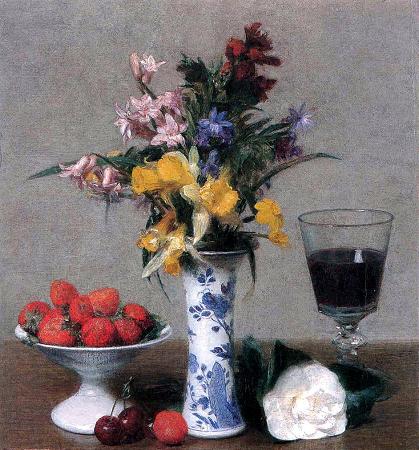Museum of Grenoble. The Museum of Grenoble is a municipal museum of Fine Arts and antiquities in the city of Grenoble in the Isère region of France. Located on the left bank of the Isère River, place Lavalette, it is known both for its collections of ancient art for its collections of modern and contemporary art. Thanks to the action of one of its curators of the interwar period, it is considered the very first museum of modern art in France. Its temporary rooms allow it to organize two exhibitions each year. The Museum of Grenoble was founded on 16 February 1798 by Louis-Joseph Jay, well before other French provincial museums.That day, an order of the local administration detailed the creation of a museum in Grenoble, in which article 10 stipulated that the citizen Louis-Joseph Jay is appointed curator of this museum. In May of that year, the Interior Minister canceled the creation of the museum but a provisional authorization was obtained in December, which became final on 3 April 1800. Beginning in 1799, while engaged in collecting works of art of the Isère Region, Jay requested a public subscription to purchase paintings and drawings. Housed in four halls of the first floor of the former bishopric from its opening on 31 December 1800, the museum had 298 works of art including 177 paintings, 80 drawings or engravings and 45 sculptures placed in the garden.Each hall had a name, the first Hall of Apollo, was devoted to French painters, the second Hall of Castor and Pollux, was devoted to Italian and French schools, the third Salon of Gladiator, had copies of the life of San Bruno by Eustache Lesueur, and the last hall was called Hall of the Venus de Medici, displaying art of the Flemish school.A few months after its opening, the Concordat of 1801 by Napoleon Bonaparte forced the evacuation of the premises of the museum to restore them to their original purpose. So in this way it was relocated on 14 July 1802 into the Central School, which is currently the Stendhall School. On 12 March 1807, a decree transformed the museum from a county museum into a municipal museum. On 15 February 1811 an imperial decree allocated 209 paintings to six French cities and gave 32 to Grenoble. In 1815, despite a partial dispersion of works as a result of the Restoration, the collection continued to increase. The acquisitions, donations and legacies continued throughout the 19th century and made it essential to construct a new building despite there having been a building expansion in 1844. A new building designed by the architect Charles-Auguste Questel was inaugurated in 1872 on the current site of Verdun Square.The museum-library, so called because it also housed the Municipal Library of Grenoble, is one of the great examples of museum architecture in France and Europe. Towards the end of the 19th century, a great patron, General Leon de Beylié completed the museum's collection by donating four famous paintings by Francisco Zurbarán, continuing a long tradition of donations and bequests.He had a direct and massive influence on the richness and the nature of the collections.From 1895 until his accidental death on 15 July 1910, he bought for the museum 50 paintings, 13 drawings, 16 sculptures, 13 pieces of archeology and hundreds of objects from the Far East. From 1920, the Museum of Grenoble was considered the premier museum of contemporary art in France since the Paris museum did not open until 1947. It is even one of the premier museums in the world together with the Folkwang Museum in Essen and the Muzeum Sztuki in Åódź, as well as the Museum of Modern Art in New York which did not open until 1929. In 1982, President François Mitterrand announced a plan to construct a new building. The following year, the new mayor of Grenoble Alain Carignon, and the Minister of Culture Jack Lang, agreed on the idea and the site of the new building, which was a park near the centre of town. After the appointment of architects in 1987, construction began in 1990. On January 30, 1994, the new building housing the collections was inaugurated by Prime Minister Édouard Balladur. Located in the heart of the city, bordering the Isère River, it tripled the exhibition space of the old museum. Its total cost was 203 million French francs. To complete the Museum there is a sculpture garden in the Albert Michallon park, a wooded area of 16,000 m 2 surrounding the old city wall from the late 19th century. The current location of the museum was occupied since the 13th century by the great monastery of the Brothers Minor, known in France as the Cordeliers or Franciscans until they moved to the current Berulle Square in 1592.
more...






